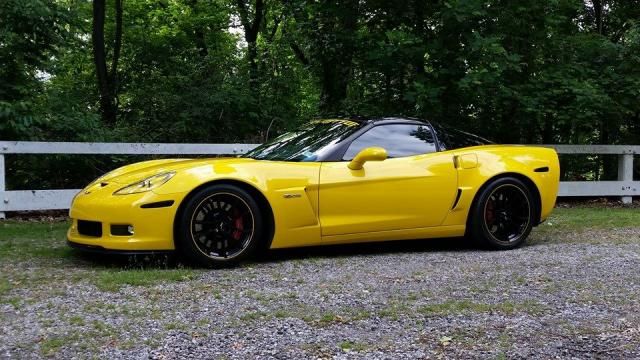NHRA finally amends Roll Bar rule down to 9.99
Caught the following in Dragzine magazine. Should be great news for a lot of folks.
I say about time.
NHRA Amends Roll Bar/Cage Rules For ’08-Later Street Vehicles
The NHRA’s annual round of rule amendments to be included in the 2013 rulebook include a wide range of changes across every category in the sport, but one in particular is of rather great significance to street legal drag racers and the enthusiast community as a whole.
Recognizing the safety-inspired design and construction of today’s late model vehicles, the NHRA has actually rescinded its previous guidelines for street vehicles running 9.99 to 11.49 that required the use of a roll cage or roll bar, now permitting unaltered, 2008 and later model hard top vehicles to compete as they come from the factory without the addition of said roll bar/cage. The amendment, as its phrased in the NHRA’s 2012 to 2013 amendment document states:
NHRA DRAGS: STREET LEGAL STYLE PRESENTED BY AAA (Page xiv) (5th paragraph)
Additionally Requirements and specifications for Street Legal are the same as those for the Summit Racing Series with the following exception: Unaltered 2008 OEM model year and newer production cars running slower than 9.99 and 135 mph do not have to meet the requirements and specifications for the Summit Racing Series except for the following: Convertibles and T-tops must meet Summit Racing Series Roll Bar and Roll Cage requirements, All drivers must meet the Summit Racing Series Helmet and Protective Clothing requirements.â€
This amendment is in fact a huge boon to the enthusiast community that’s been driven away from organized racing at NHRA member tracks in the past due to the costs of making their vehicles legal to compete. Cars like the 2013 GT500 Mustang and the Corvette ZR1 are capable of surpassing the 11.50 mark right off the showroom floor. We’ve yet to conclude the exact meaning behind the wording “unaltered†in the text and whether that refers to the vehicle frame or the existence of power adders and the iike.
These racers who previously had to slow their vehicles down or not show up at a track at all are now able to compete without the modifying their expensive factory cars, and regardless of who this new rule applies to and who it doesn’t, it certainly opens some racers up to visit a race track again.






 Reply With Quote
Reply With Quote















Bookmarks